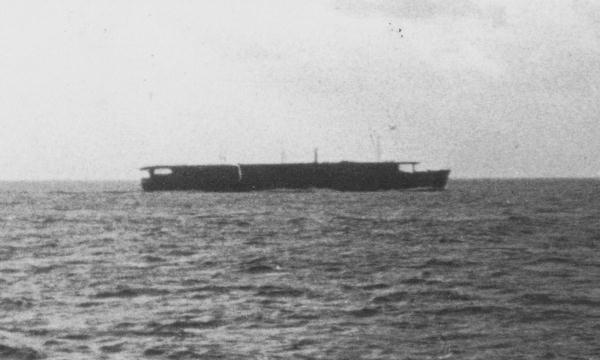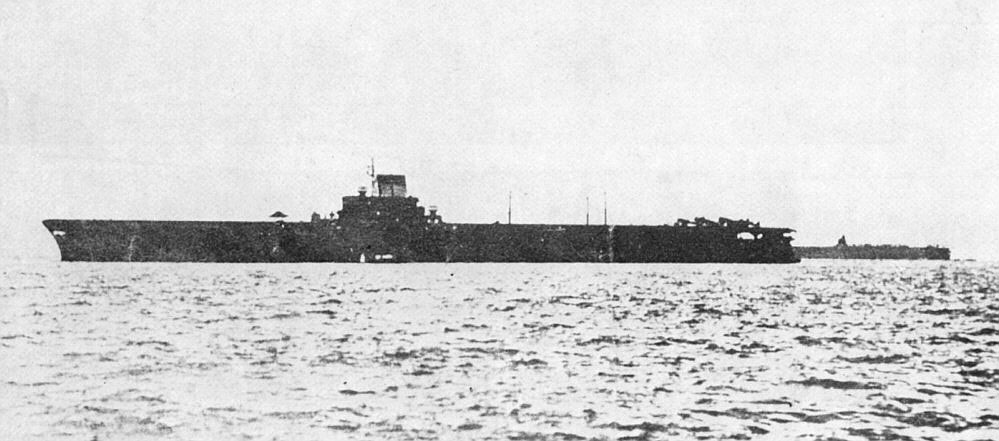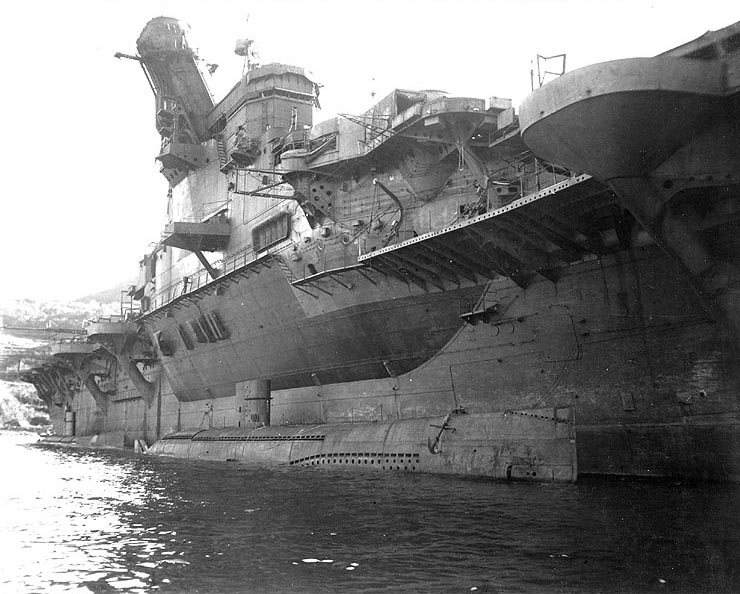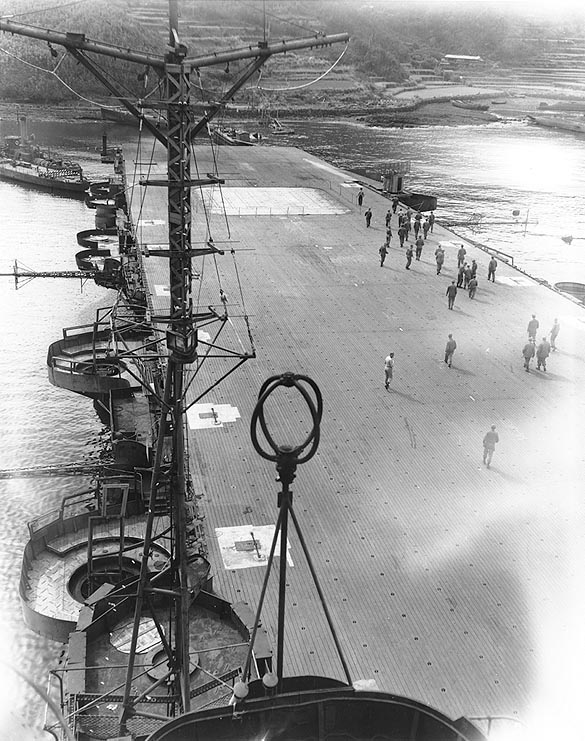IMPERIAL JAPANESE NAVY - TRIBUTE
NIHON KAIGUN

I am dedicating this thread to the information as well as pictures of the naval vessels of the Imperial Japanese Navy. I will also be placing historical naval battles associated with the Imperial Navy and Allied Forces here.
Please, keep this thread only on subject matter. I want to keep the content of this thread purely didactic and historical information related to the IJN.
天皇陛下万歳!!
[Tenno heika banzai]
At the beginning of the Second World War, the Japanese Navy (or, in the Japanese language, Nihon Kaigun, or even Teikoku Kaigun, the Imperial Navy) was arguably the most powerful navy in the world. Its naval aviation corps, consisting of 10 aircraft carriers and 1500 topnotch aviators, was the most highly trained and proficient force of its kind. Its 11 (soon to be 12) battleships were among the most powerful in the world. And its surface forces, armed with the superb 24" Type 93 (Long Lance) torpedo, were incomparable night fighters.
This page is devoted to the proud navy that lost the Pacific War.
NIHON KAIGUN

I am dedicating this thread to the information as well as pictures of the naval vessels of the Imperial Japanese Navy. I will also be placing historical naval battles associated with the Imperial Navy and Allied Forces here.
Please, keep this thread only on subject matter. I want to keep the content of this thread purely didactic and historical information related to the IJN.
天皇陛下万歳!!
[Tenno heika banzai]
At the beginning of the Second World War, the Japanese Navy (or, in the Japanese language, Nihon Kaigun, or even Teikoku Kaigun, the Imperial Navy) was arguably the most powerful navy in the world. Its naval aviation corps, consisting of 10 aircraft carriers and 1500 topnotch aviators, was the most highly trained and proficient force of its kind. Its 11 (soon to be 12) battleships were among the most powerful in the world. And its surface forces, armed with the superb 24" Type 93 (Long Lance) torpedo, were incomparable night fighters.
This page is devoted to the proud navy that lost the Pacific War.



























